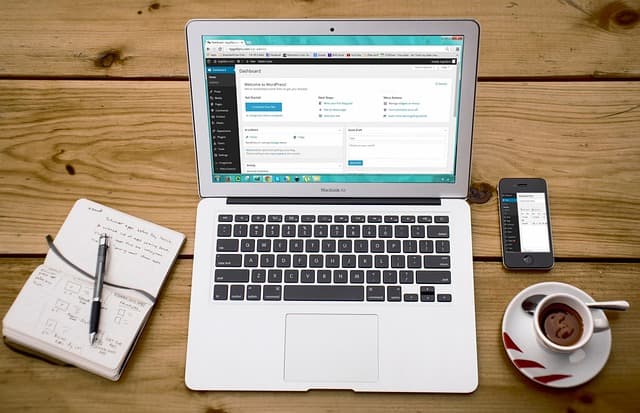Today, WordPress is the simplest and most popular content management system. It is used to develop blogs. What do you need to have your own WordPress page? It’s not as difficult as it might seem at first glance.
First, you need to download the script from the Internet. It’s quick and easy. After downloading, you need to install it on your computer. To do this, you need a browser that supports PHP and MySQL. Installation is very simple, so you can do it without much trouble.
After completing the installation of WordPress, you need to launch it in your browser, after which a standard template will appear. Anyone can create this type of template, and in order to make it unique, you need to create the template yourself. To do this, select a template and study it carefully, as it consists of many files.
Don’t be surprised if you see a large number of files; this is how it should be. Most often, a template has the following files: style.css – this is where we enter the entire CSS. This file is used for page design and layout; header.php – the beginning of our design template; index.php – the main template file, the file on which everything is based; single.php – the file for each individual post; comments.php – the template for writing comments; sidebar.php – the sidebar; footer.php – the “footer” that completes your template.
To start building a template, you need to choose the style you want to use. There are two options: basic CSS and universal, which are key to the entire template. Once you have chosen your design, move on to the next step. But first, you should check everything you have done so far, as it may play a role later on.
Creating LOOP WordPress. This is a very painstaking process, and you need to do everything very carefully, following the instructions. Sometimes a WordPress site requires a separate original file that must be different from the rest. Sometimes a page with a Google Maps service map is original. To prevent this from happening, you need to copy the single.php file and give it its own original name, which should not coincide with the service names.
If your maps are not displaying correctly, you can download the driver. If you follow the step-by-step instructions, designing a template will not be that difficult; the main thing is to approach the task responsibly. You can try to create your own WordPress templates of any complexity, or use existing ones.
To make the template more attractive, you need to familiarize yourself with the WordPress Codex, which contains all the details on building template tags and many examples.




